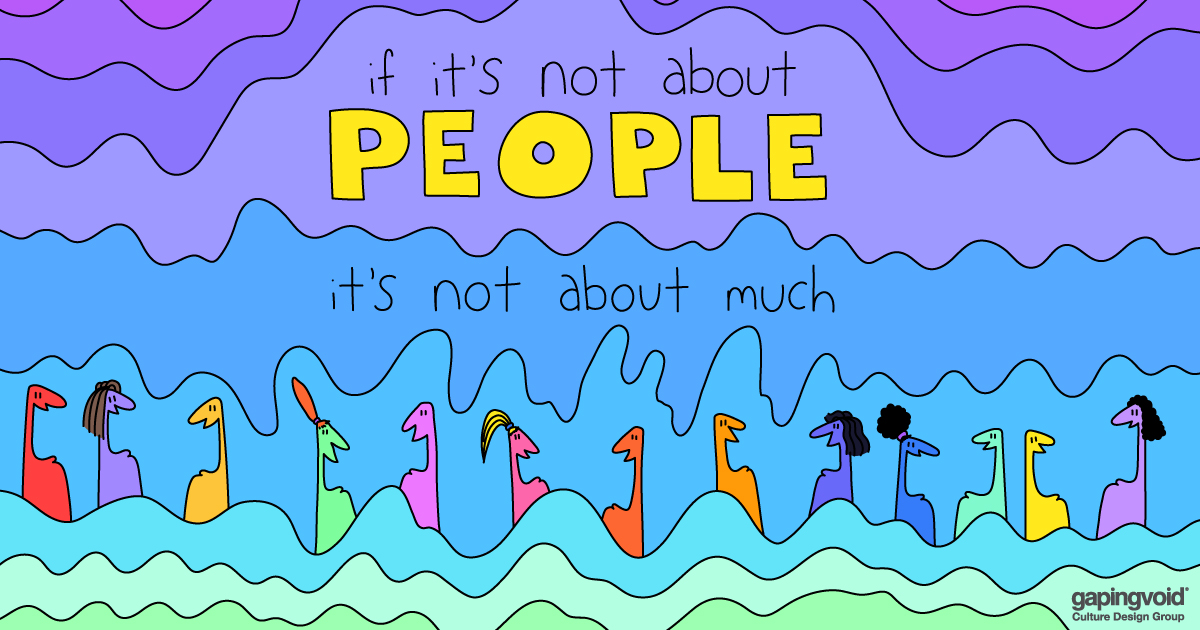
The Soviets weren’t the best managers, to put it mildly. They were famously god awful at it.
Here’s an example of a Soviet-era error:
- A factory is ordered to produce 10,000 shirts by the end of the month.
- The factory produces 10,000 shirts, meeting the quota.
- The shirts are all extra-extra-extra small. They are unwearable.
But 10,000 shirts are still 10,000 shirts and the quota is met.
The mistake?
Treating metrics or heuristics the same as the outcomes they are supposed to represent.
Behavioral economists call it surrogation. We prefer to call it the tyranny of metrics. Metrics are slippery. Poorly designed metrics can destroy the goals they were supposed to serve. Simple metrics are gameable. Complex metrics become a stiff bureaucratic minefield, a regulatory nightmare nobody can navigate.
What’s the solution? How do you find a North Star without becoming trapped in a metric maze?
Bill Clinton’s 1992 campaign came close to an answer.
James Carville, the campaign manager, sought to guide the entire campaign with the internal slogan, “It’s the economy, stupid.”
This meant all messaging should center on economic growth.
And this was a good metric, but it was still a metric.
The economy only mattered because it impacted the well-being of people.
“It’s people, stupid” would have been a better internal slogan, meaning all messaging should center on advancing the well-being of people (of customers, of employees).
Centering people isn’t a metric. It is the North Star behind every metric, the purpose that every metric serves inherently.
We don’t want 10,000 shirts in a month for the sake of the shirts. We want 10,000 shirts in a month to be economically productive, and we want to be economically productive to serve people.
Metrics matter, but people matter more.
In fact, the only reason metrics matter at all is because people do.



